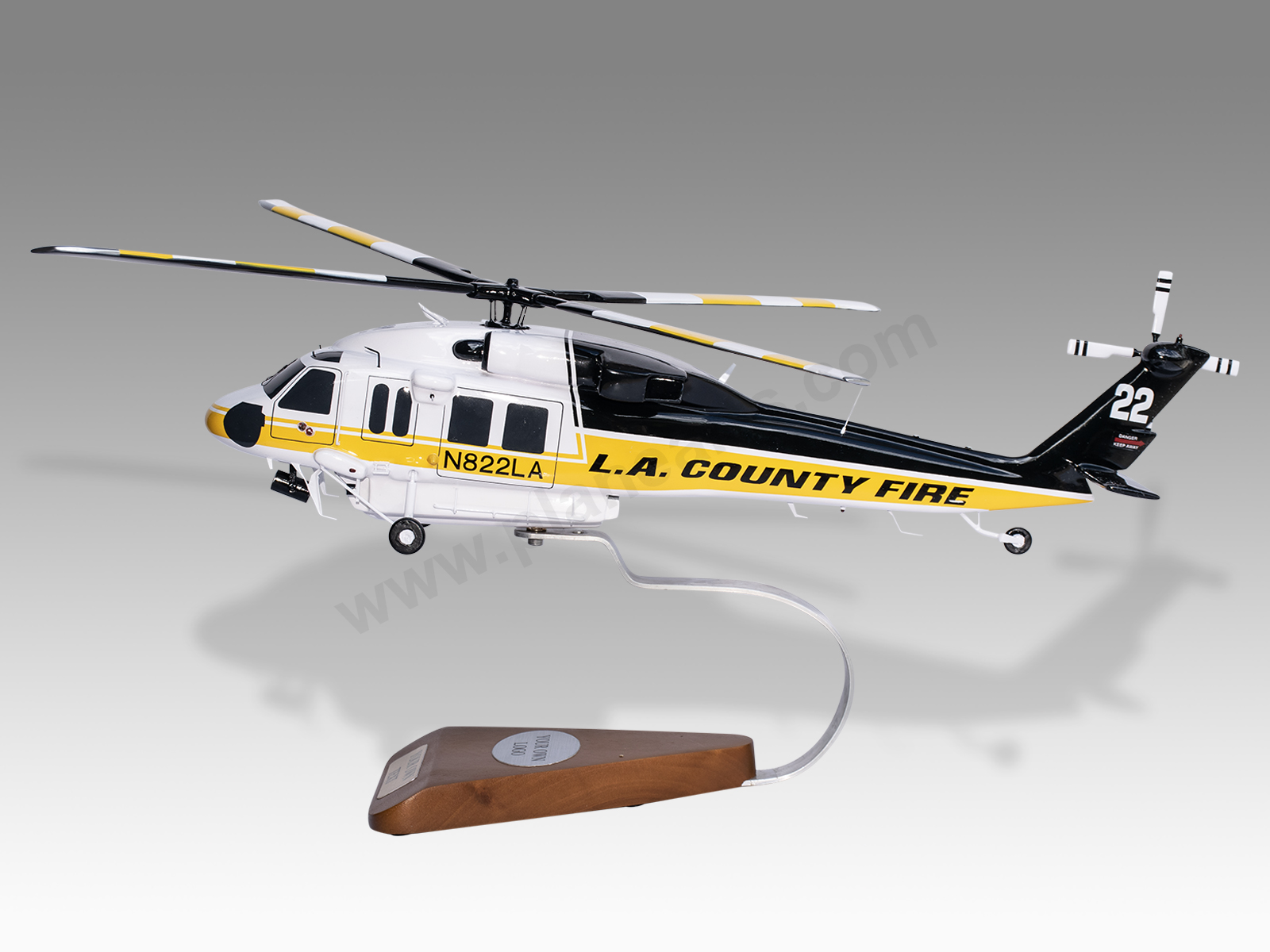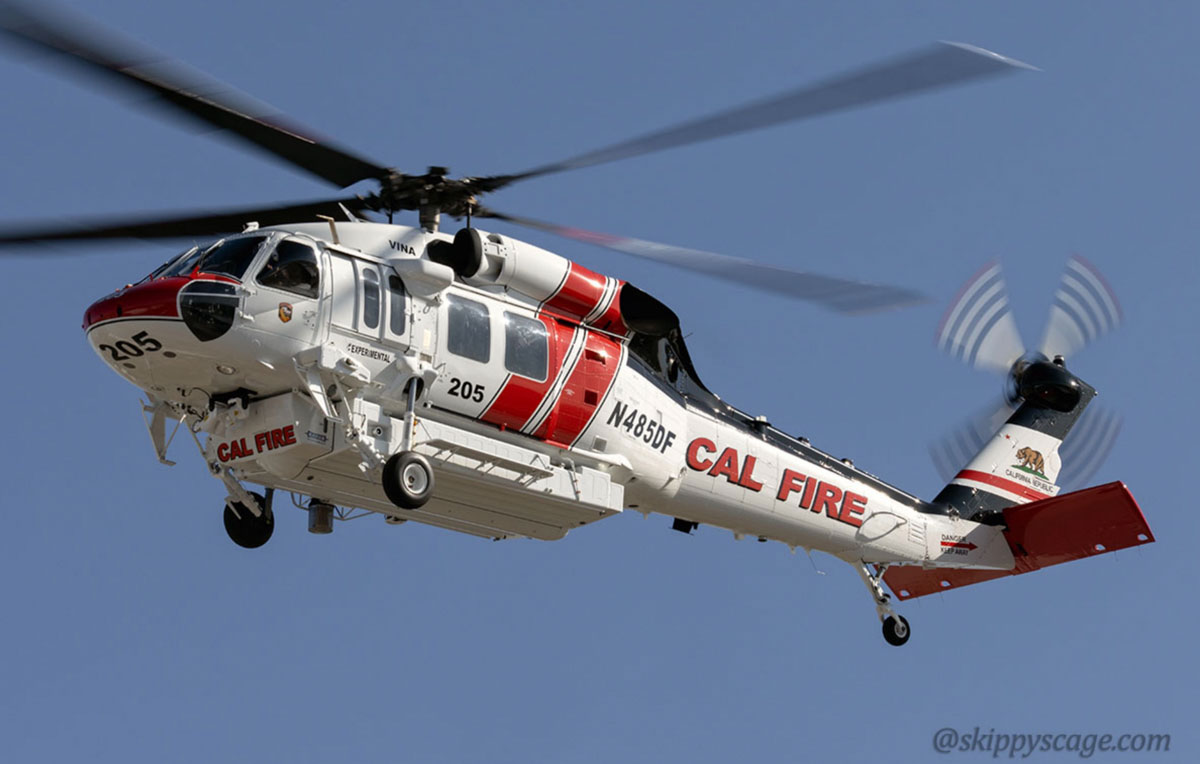Modernized Vertical Lift System With Advanced Composite Structures and Boosted Safety And Security Steps
In the realm of upright lift systems, a substantial shift in the direction of innovation has been observed, driven by the combination of advanced composite structures and enhanced safety and security measures. In exploring the merging of innovation and safety in modern-day lift systems, an engaging narrative emerges, showcasing the capacity for transformative developments that cater to the ever-evolving needs of commercial markets.
Evolution of Upright Lift Platforms

The evolution of vertical lift platforms can be mapped back to standard sheave systems and very early lift designs. Gradually, technologies such as hydraulic systems, electric motors, and advanced control systems have actually vastly improved the effectiveness and security of these platforms. Makers have likewise focused on enhancing the security, reach, and load-bearing capabilities of vertical lift platforms to satisfy the diverse requirements of various markets.
In addition, the assimilation of clever innovations like sensors, IoT connectivity, and automation features has even more changed the abilities of contemporary vertical lift platforms. These technological enhancements not just enhance operational efficiency but likewise ensure enhanced safety and security criteria for employees making use of these systems at numerous elevations. The constant development of vertical lift platforms underscores their important function in enhancing upright flexibility throughout markets.
Combination of Advanced Composite Frameworks

Moreover, making use of advanced composite materials permits even more facility and enhanced architectural layouts, making it possible for engineers to tailor the platform's properties to meet particular efficiency needs. This customization can result in enhanced aerodynamics, minimized resonances, and boosted general safety during operation. The integration of advanced composite structures also contributes to a reduction in maintenance costs and downtime, as these materials exhibit excellent resistance to environmental elements and have a longer service life compared to conventional materials. Overall, the incorporation of advanced composite structures in modern upright lift systems stands for a considerable advancement in aerospace innovation, resulting in more effective, trustworthy, and more secure airborne transport systems.
Boosted Security Steps Execution
Implementing improved safety actions is vital in making certain the optimal performance and dependability of modern upright lift systems. One vital facet of enhanced security steps is the combination of innovative sensing unit modern technologies to monitor various specifications in real-time.

Sector Applications and Advantages
With innovations in modern technology and engineering, modernized upright lift platforms have actually discovered diverse applications throughout various markets, supplying considerable benefits in effectiveness and efficiency. In the manufacturing field, these platforms simplify the process of transporting hefty materials and tools within facilities, lowering manual handling and boosting functional efficiency. The building and construction industry advantages from upright lift systems by enabling employees to access elevated locations securely and successfully, improving general task timelines. Warehousing and logistics companies utilize these platforms to enhance storage space use and assist in quicker picking and packaging processes.
Additionally, vertical lift systems play a vital role in the maintenance and repair of facilities such as bridges, high-voltage line, and buildings, allowing professionals to reach click reference hard to reach locations with convenience (sikorsky s 70). The air travel market likewise leverages these systems for airplane maintenance and setting up tasks, enhancing workflow efficiency and ensuring worker safety at elevations. Generally, the extensive fostering of modernized vertical lift platforms across markets underscores their flexibility and the considerable enhancements they offer numerous procedures
Future Trends in Lift System Innovation
Incorporating sophisticated automation and intelligent attributes, lift system innovation is poised to reinvent upright transport systems in the future. One crucial fad is the combination of Net of Things (IoT) technology, making it possible for lift systems to communicate real-time data for anticipating upkeep, enhancing performance, and improving safety and security. Fabricated intelligence and equipment knowing formulas are also being included to analyze patterns, anticipate potential concerns, and enhance performance. The use of sophisticated materials such as carbon fiber composites is on the surge, offering increased toughness and stamina while reducing general weight. Improved precaution, consisting of biometric authentication and emergency response systems, are becoming standard functions to make sure guest protection. Furthermore, modular layouts and customizable arrangements are getting popularity, permitting for greater adaptability to various atmospheres and requirements. As lift platform technology remains to advance, these fads are established to form the future of upright transportation, making it a lot more effective, secure, and user-friendly.
Conclusion
In conclusion, the modernized upright lift platform showcases the development of modern technology in the industry. By integrating advanced composite structures and improved precaution, this system provides increased efficiency and safety for various applications. The sector can profit substantially from these innovations, and future trends in lift system technology are likely to proceed enhancing upon these advancements for also better success and efficiency.
In the realm of vertical lift platforms, a considerable why not try here shift towards modernization has actually been observed, driven by the combination of sophisticated composite structures and enhanced safety measures. The continual evolution of vertical lift systems underscores their vital duty in improving upright movement across industries.

The incorporation of sophisticated composite frameworks in modern upright lift platforms has actually significantly enhanced their architectural honesty and performance capabilities. By incorporating these advanced compounds right into the layout and building and construction of vertical lift systems, manufacturers can reduce general weight, boost load-carrying capacity, and improve the system's toughness and durability.
Implementing improved safety and security steps is crucial in making certain the optimal efficiency and reliability of modern-day upright lift systems.